-
Welcome to Tacoma World!
You are currently viewing as a guest! To get full-access, you need to register for a FREE account.
As a registered member, you’ll be able to:- Participate in all Tacoma discussion topics
- Communicate privately with other Tacoma owners from around the world
- Post your own photos in our Members Gallery
- Access all special features of the site
McCand's build thread
Discussion in '3rd Gen. Builds (2016-2023)' started by mccand, Mar 26, 2021.


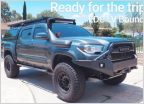 RisingWithoutWings - 2016 TRD Off Road-Build
RisingWithoutWings - 2016 TRD Off Road-Build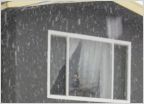 Delete
Delete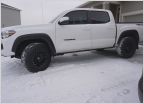 Athena
Athena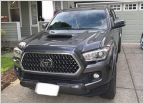 NoeWiy's MGM Build
NoeWiy's MGM Build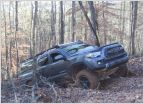 TRD Tyler's Build Thread
TRD Tyler's Build Thread
